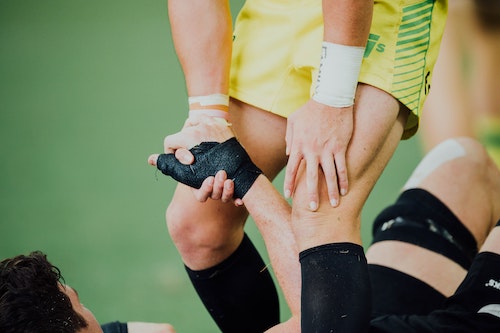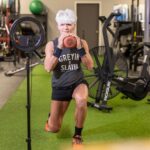The anterior cruciate ligament (ACL) helps stabilize the knee during fast movements. Sports that involve jumping, cutting, or turning place strain on this ligament. When the ACL tears, athletes often lose control and stability in their knee. This injury can keep them from training, competing, or performing at their usual level, making ACL repair a necessary step for many seeking full recovery.
ACL injuries are common in high-impact sports like football, basketball, and soccer. Athletes often feel a pop, followed by swelling and pain. Without treatment, daily movement becomes harder, and athletic activity nearly impossible. Many turn to surgery to regain their strength and function.
What Happens During ACL Repair
ACL repair replaces the torn ligament with healthy tissue. Surgeons use either tissue from the patient or a donor. They perform the surgery using small incisions and a camera to guide the tools. This method reduces recovery time and lowers the chance of infection.
During the procedure, doctors attach the new ligament to the thigh and shin bones. They then secure it using screws or other devices. This new tissue acts like the original ACL, helping the knee move correctly. Once healed, the graft allows the joint to function under athletic pressure.
Why Athletes Choose ACL Surgery
Surgery restores stability, which is helpful for sports like basketball, soccer, and football. A stable knee supports sudden movements without buckling. Athletes can train hard again without fearing another injury. This security helps them return to high-level performance.
Reconstruction also protects the rest of the knee from damage. Without surgery, instability can lead to tears in the meniscus or wear on the cartilage. Fixing the ACL reduces these risks. It allows athletes to extend their playing careers with fewer setbacks.
Steps to a Strong Recovery
Recovery begins right after surgery, focusing first on reducing swelling and regaining knee motion. Physical therapists lead exercises to restore flexibility and strength. Progress happens in stages, with care taken not to push too hard. Each step supports healing while building confidence in movement.
After healing starts, strength training becomes the priority. Athletes target muscles around the knee to improve control and support. Common exercises include squats, lunges, and balance drills. Later stages add sport-specific activities like running, jumping, and cutting. Mental health support is key, using mindfulness and counseling to ease fears and build confidence.
Reclaim Your Strength
Recovering from ACL surgery usually takes six to twelve months, and staying patient throughout the process helps support long-term healing. Though it may be tempting to rush, doing so increases the risk of reinjury and can set back progress. A steady, consistent rehabilitation routine, guided by professionals, builds a solid foundation for healing. The right support system, including physical therapists and trainers, can greatly enhance recovery outcomes.
Athletes who fully commit to their recovery often return to their sport with improved strength, speed, and agility. The journey may be challenging, but with dedication and focus, many emerge even better than before the injury. If you’re dealing with an ACL injury, consulting a qualified orthopedic surgeon is a smart first step. With expert guidance and perseverance, a strong and confident return is within reach.









Leave a Reply